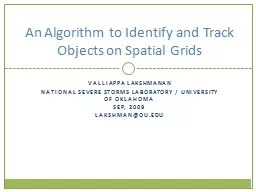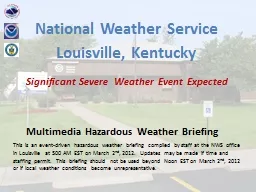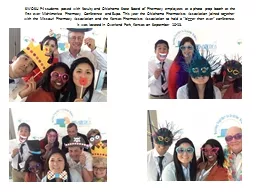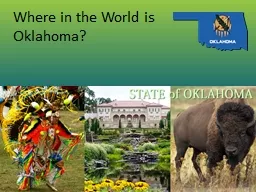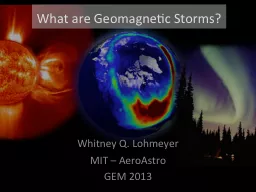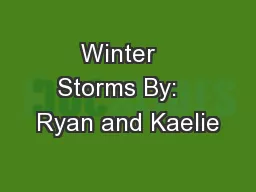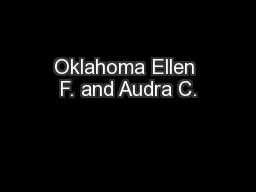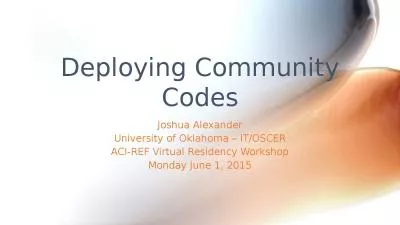PPT-Valliappa Lakshmanan National Severe storms Laboratory / University of Oklahoma
Author : debby-jeon | Published Date : 2018-11-08
Sep 2009 lakshmanouedu An Algorithm to Identify and Track Objects on Spatial Grids Clustering nowcasting and data mining spatial grids 2 The segmotion algorithm
Presentation Embed Code
Download Presentation
Download Presentation The PPT/PDF document "Valliappa Lakshmanan National Severe s..." is the property of its rightful owner. Permission is granted to download and print the materials on this website for personal, non-commercial use only, and to display it on your personal computer provided you do not modify the materials and that you retain all copyright notices contained in the materials. By downloading content from our website, you accept the terms of this agreement.
Valliappa Lakshmanan National Severe storms Laboratory / University of Oklahoma: Transcript
Download Rules Of Document
"Valliappa Lakshmanan National Severe storms Laboratory / University of Oklahoma"The content belongs to its owner. You may download and print it for personal use, without modification, and keep all copyright notices. By downloading, you agree to these terms.
Related Documents

